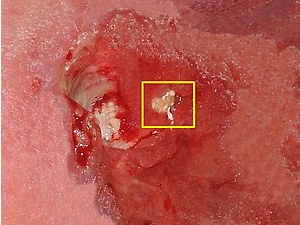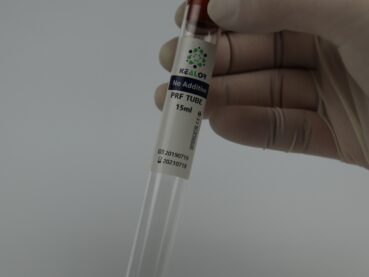Over time, sun exposure and the passage of years can leave their mark on our skin, often manifesting as brown pigmentation or age spots. As these imperfections accumulate, many individuals seek ways to restore their skin’s natural radiance. Platelet-Rich Plasma (PRP) treatment, known for its regenerative properties, has been suggested as a potential solution for reducing brown pigmentation caused by sun exposure and aging. In this article, we’ll delve into the science behind brown pigmentation, how PRP treatment works, and whether it can truly help diminish these unwanted spots.
Understanding Brown Pigmentation and Age Spots
Brown pigmentation, also referred to as hyperpigmentation, occurs due to an overproduction of melanin, the pigment responsible for the color of our skin, hair, and eyes. It can be triggered by prolonged sun exposure, hormonal changes, and the natural aging process. Age spots, often appearing on areas frequently exposed to the sun, are a common result of this excess melanin production.
PRP Treatment: A Brief Overview
PRP treatment involves extracting a small amount of the patient’s own blood, processing it to concentrate the platelets and growth factors, and then applying or injecting the PRP solution into the targeted area. The growth factors in PRP are believed to stimulate collagen production and tissue regeneration.
PRP’s Potential Impact on Brown Pigmentation:
While PRP treatment’s primary focus is on regenerating tissue, there are several ways in which it might help reduce brown pigmentation:
Collagen Stimulation: PRP’s growth factors can promote collagen production, potentially improving skin texture and tone.
Cell Regeneration: The regenerative properties of PRP might assist in the renewal of skin cells, potentially diminishing the appearance of age spots.
Skin Brightening: The improved blood flow and tissue regeneration from PRP might contribute to a more even skin tone.
Evidence and Research
While there is anecdotal evidence of individuals experiencing improved skin texture and reduced pigmentation after PRP treatment, rigorous scientific research on PRP’s effectiveness for treating brown pigmentation specifically is somewhat limited. Many studies on PRP’s effects have focused on its role in tissue regeneration and wound healing rather than its impact on pigmentation.
Considerations and Realistic Expectations
It’s important to approach PRP treatment for brown pigmentation with realistic expectations:
Patient Variability: Individual responses to PRP treatment can vary. Some people might see significant improvements, while others may experience more modest changes.
Combination Therapies: PRP treatment might be more effective when combined with other skin treatments, such as chemical peels or laser therapies.
Consultation: Before undergoing PRP treatment, consult a qualified dermatologist or medical professional. They can assess your specific skin condition and recommend the most appropriate treatment plan.
While PRP treatment shows promise in skin rejuvenation and tissue regeneration, its specific effectiveness in reducing brown pigmentation caused by sun exposure and aging requires further research. While PRP’s regenerative properties might offer some improvement, individuals considering PRP treatment for brown pigmentation should approach the procedure with realistic expectations. Consulting a qualified medical professional will help determine whether PRP treatment, or a combination of treatments, is the right approach for achieving the desired skin rejuvenation goals.








